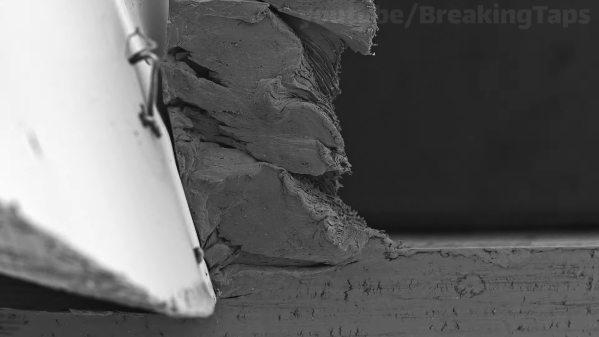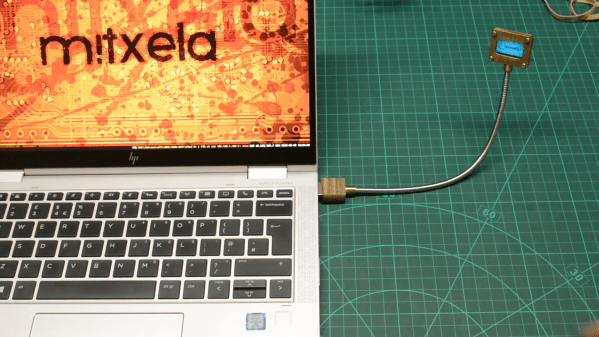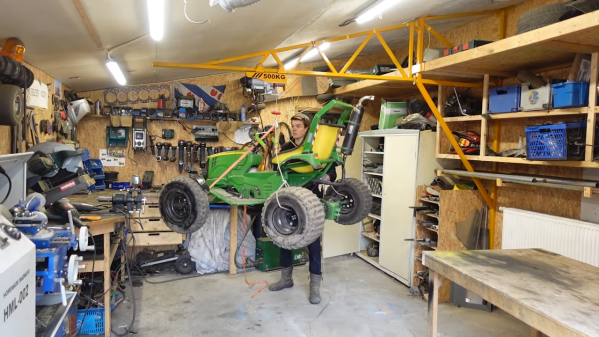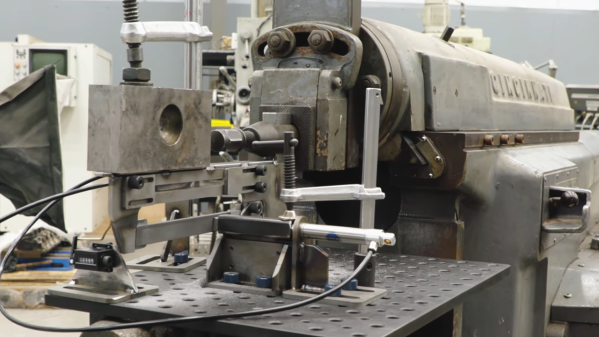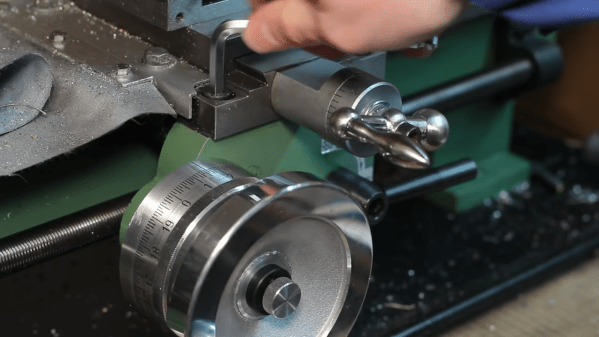Perfectly clear ice spheres are nifty but can be a bit tricky to make without an apparatus. [Seth Robinson] crafted a copper ice press to make his own.
Copper is well-known for its thermal conductivity, making it a perfect material for building a press to melt ice into a given shape. Like many projects, a combination of techniques yields the best result, and in this case we get to see 3d printing, sand casting, lost PLA casting, lathe turning, milling, and even some good old-fashioned sanding.
The most tedious part of the process appears to be dip coating of ceramic for the lost PLA mold, but the finished result is certainly worth it. That’s not to say that any of the process looks easy if you are a metal working novice. Taking over a week to slowly build up the layers feels a bit excruciating, especially compared to 3D printing the original plastic piece. If you’re ever feeling discouraged watching someone else’s awesome projects, you might want to stick around to the end when [Robinson] shows us his first ever casting. We’d say his skill has improved immensely over time.
If you’re looking for something else to do with casting copper alloys, be sure to checkout this bronze river table or [Robinson’s] copper levitation sphere.
Thanks to [DjBiohazard] for the tip!



